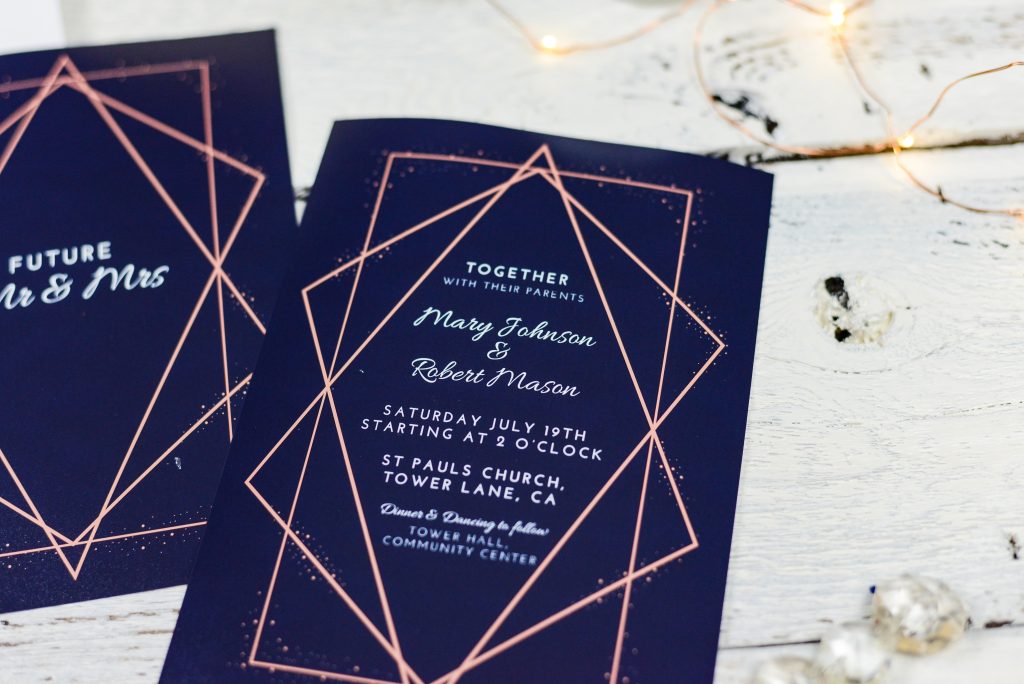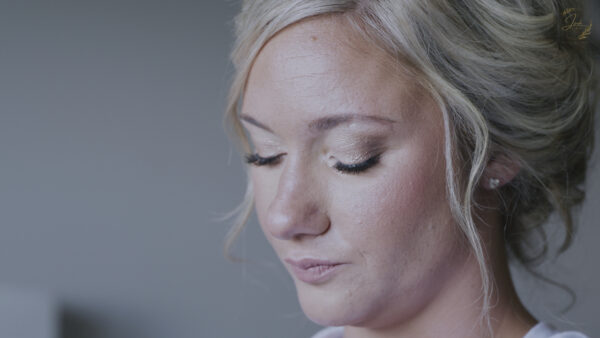Planning a wedding involves numerous details, and one of the crucial aspects is sending out invitations to your guests. Wedding invitation etiquette plays a significant role in making sure that your invitations are thoughtful, clear, and well-received by your loved ones. In this comprehensive guide, we will explore the dos and don’ts of wedding invitation etiquette, to help you navigate this important aspect of your wedding planning process. From addressing envelopes to providing RSVP options, we will cover everything you need to know to create inviting and courteous wedding invitations.
Importance of Wedding Invitation Etiquette
The importance of wedding invitation etiquette cannot be overstated. Wedding invitations are not just pieces of paper; they are the first impression of your special day and set the tone for the entire event. Following proper etiquette ensures that you convey your intentions with grace and respect. It allows you to communicate important details, such as the dress code, RSVP deadline, and other essential information, clearly and effectively. Moreover, adhering to invitation etiquette shows your guests that you value their presence and want to make them feel appreciated and included in your celebration. By embracing these guidelines, you create an atmosphere of elegance and thoughtfulness, setting the stage for a memorable and harmonious wedding day.
Design and Style Dos and Don’ts
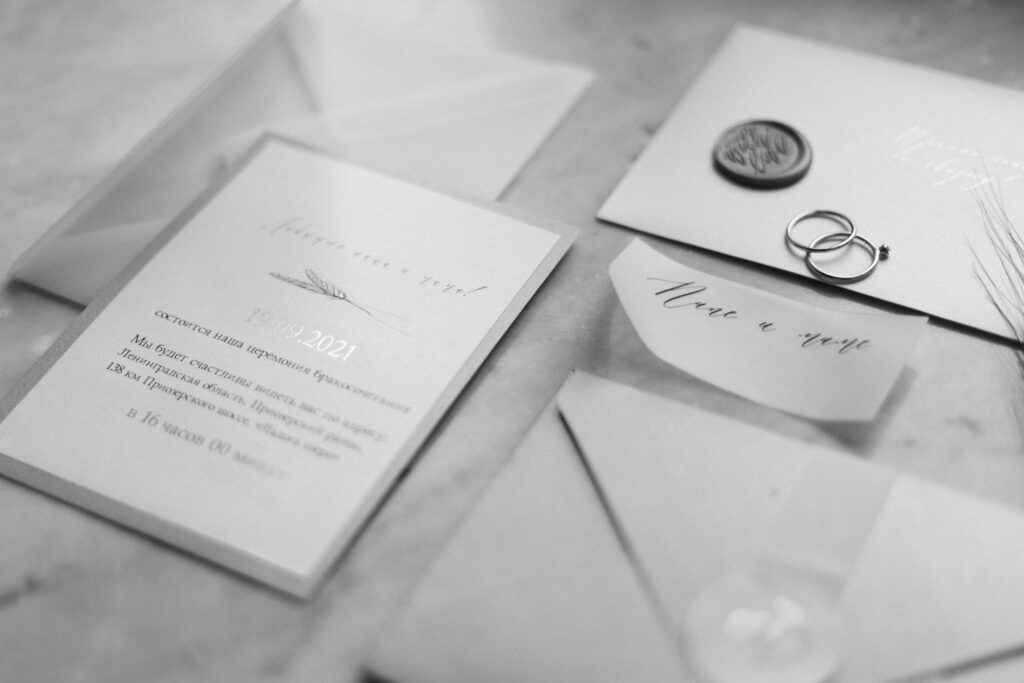
Choosing the Right Paper and Print
When it comes to choosing the right paper and print for your wedding invitations, there are a few essential dos and don’ts to keep in mind. First of all, you have to consider the theme and style of your wedding. Whether it’s a rustic outdoor affair or a glamorous black-tie event, the paper and print should reflect the overall aesthetic. For a rustic wedding, opt for earthy tones and textured papers that evoke a sense of natural beauty. On the other hand, a formal wedding calls for sleek and sophisticated papers with elegant print techniques like foiling or letterpress.
Don’t forget about practicality. While you want your invitations to be visually stunning, they also need to be functional. Choose a paper weight that feels substantial and can withstand the mailing process without getting damaged. Similarly, ensure that the print is clear and legible, making it easy for your guests to read the important details.
Appropriate Wording and Formatting
The wording and formatting of your wedding invitations play a big role in setting the right tone and conveying essential information. Start of with a warm and inviting tone, addressing your guests with kindness and excitement. Include the names of the hosts, whether it’s the couple, their parents, or both, followed by the request for their presence. Be clear and concise when providing details like the date, time, and venue, making sure to use correct grammar and spelling.
Don’t forget to proofread! It’s easy to overlook small errors, but they can lead to some confusion for your guests… and also potential memes at your expense. Double-check all the names, addresses, and dates before sending the invitations.
Incorporating Cultural or Religious Traditions
Incorporating cultural or religious traditions into your wedding invitations can add a meaningful and personal touch. Take the time to research and understand the significance of specific symbols, motifs, or colors that hold cultural or religious importance. These elements can be incorporated into the design or print, paying homage to your heritage or beliefs.
Don’t appropriate or misrepresent traditions that do not align with your own background. It’s essential to respect and honor the cultural or religious traditions you choose to include. Seek guidance from individuals who are knowledgeable about these traditions to ensure that your invitations are respectful and accurate.
Remember, your wedding invitations are a glimpse into the love and joy you wish to share with your guests on your special day. By carefully considering the design, style, paper, print, wording, and cultural or religious elements, you create an invitation that not only reflects your personality but also sets the stage for an incredible wedding day.
Invitation Addressing and Envelopes
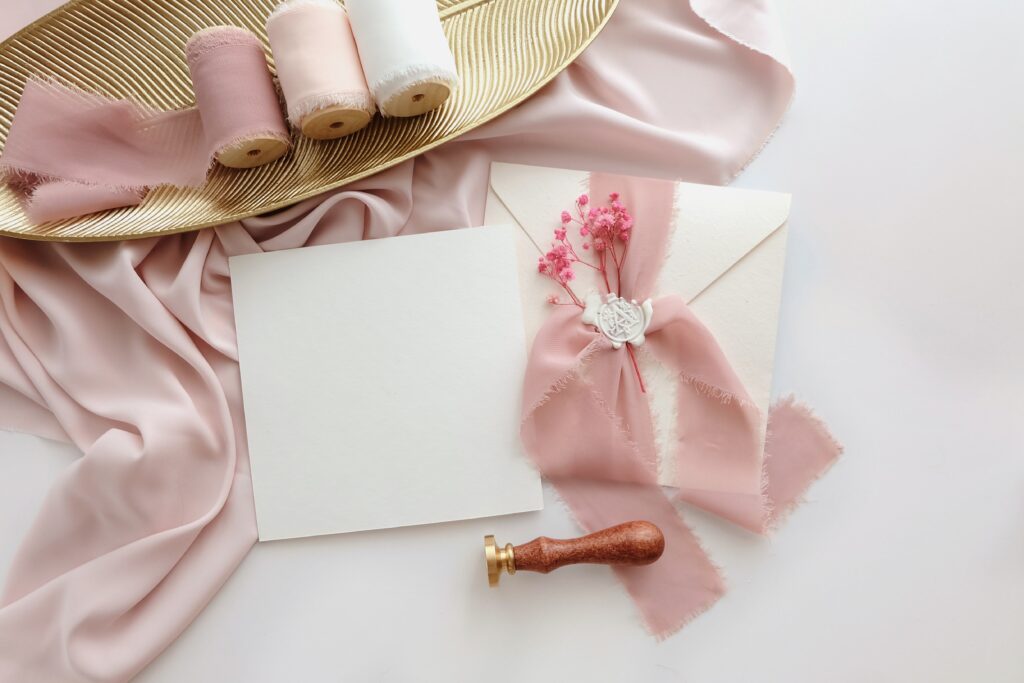
Names and Titles: Proper Etiquette
When it comes to addressing wedding invitations, following proper etiquette for names and titles is essential. Do make an effort to address your guests correctly, using their preferred titles and full names. For married couples, traditionally, the husband’s name is listed first, followed by the wife’s name. However, in modern times, it’s also acceptable to list the names alphabetically or based on personal preference.
Don’t assume someone’s title or use abbreviated forms unless you are certain it’s appropriate. Take the time to verify the correct spelling of names and titles to ensure accuracy. If you’re unsure about someone’s preferred title, it’s best to err on the side of formality and use their full name without a title.
Inner and Outer Envelopes
Using inner and outer envelopes is a classic and elegant way to address your wedding invitations. Do consider incorporating both envelopes to create a polished and sophisticated presentation. The outer envelope is addressed with the full names and addresses of the intended recipients, while the inner envelope includes the names of the individuals or families invited.
Don’t forget to consider the proper etiquette for addressing the inner envelope. It’s customary to address the inner envelope using only the guests’ names, without titles or last names. This allows for a more intimate and personal touch, acknowledging the specific individuals invited.
Including Children and Plus Ones
Deciding how to address invitations when including children and plus ones can be a delicate matter. Do consider the appropriate ways to include these individuals. For children, you have the option of addressing the outer envelope to “Mr. and Mrs. Smith” and including the names of the children on the inner envelope. Alternatively, you can address the outer envelope to “The Smith Family” and list the individual names on the inner envelope.
When it comes to plus ones, be mindful of the proper etiquette. It’s customary to address the invitation specifically to the intended guest, using their name only. If you are allowing guests to bring a plus one, make sure to mention it clearly on the inner envelope or an accompanying note. Avoid using ambiguous terms like “and guest” on the outer envelope, as it can be seen as impolite or presumptuous.
Addressing and envelopes are not just functional aspects of wedding invitations; they also add a touch of elegance and formality. By following proper etiquette for names and titles, utilizing inner and outer envelopes, and considering how to include children and plus ones, you ensure that your invitations are respectful, and set the tone for a memorable and well-organized wedding celebration.
RSVP and Response Card Etiquette
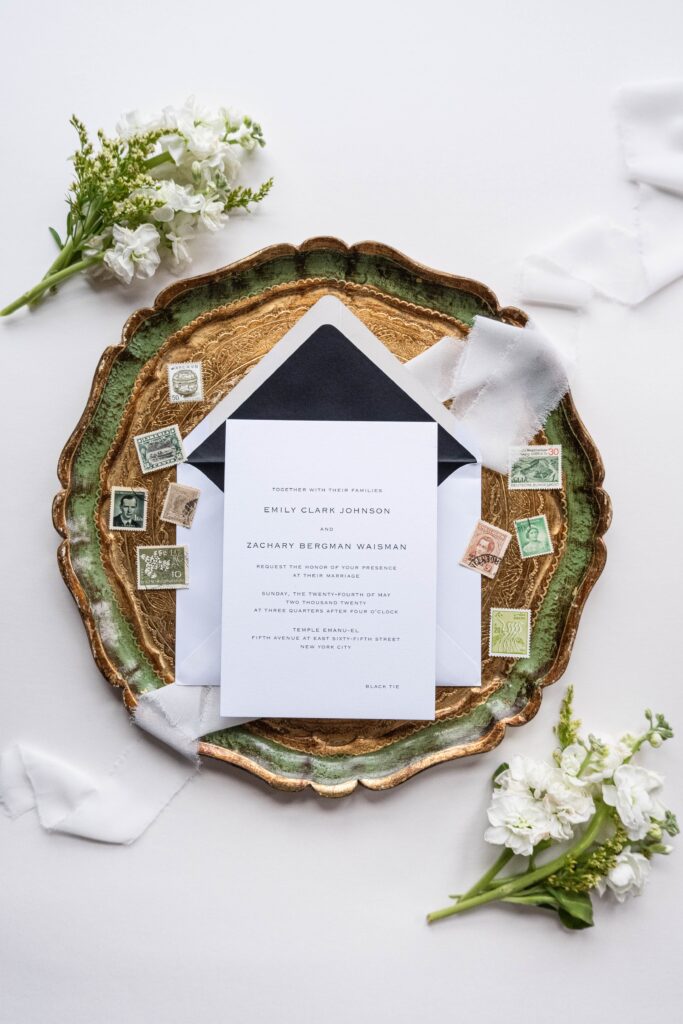
Providing Clear RSVP Instructions
When it comes to managing guest responses for your wedding, providing clear RSVP instructions is essential. Do include a separate response card with pre-addressed and stamped envelopes to make it convenient for your guests to reply. Clearly state the deadline for RSVPs, ensuring that it gives you enough time to finalize your guest count and make necessary arrangements.
Don’t forget to include alternative ways for guests to respond. In addition to traditional mail, consider providing an email address or phone number where guests can confirm their attendance. This accommodates those who may prefer digital communication or have limited access to mail services.
If you prefer to use digital invitations, platforms such as Green Envelope can be great alternatives to traditional invitations. Green Envelope templates can allow you to implement your unique design elements, but avoid the hassle of paper invitations.
Response Card Etiquette
Response cards are a standard component of wedding invitations, and proper etiquette should be followed when using them. Do ensure that the response cards are included in the invitation suite and are easily identifiable. Clearly indicate the options for accepting or declining the invitation, and leave space for guests to provide their names and the number of attendees. This helps you accurately track the RSVPs and plan accordingly.
Wedding Invitation Etiquette for Timing and Mailing

Save-the-Dates: When and How to Send Them
Save-the-dates are an essential part of wedding planning, because they give your guests a heads-up about your upcoming wedding day! Do send save-the-dates approximately eight months before the wedding date, especially if you’re planning a destination wedding or if a lot of guests will need to make travel arrangements. This early notice allows guests to mark their calendars, secure time off from work, and make any necessary accommodations to join in your celebration.
Don’t forget to include essential information on the save-the-dates, such as the couple’s names, the wedding date, and the location. While you don’t need to include all the details at this stage, providing the basic information ensures that guests can plan accordingly. It’s also helpful to include a note that the formal invitation will follow in the future.
When it comes to the delivery method, you can opt for electronic save-the-dates for a more cost-effective option. However, if you prefer a physical save-the-date, mail them out to ensure they reach your guests in a timely manner.
Wedding Invitations: The Optimal Timing
The timing of sending out your wedding invitations has to be on point. Proper timing will give your guests enough time to respond and plan to make it to your wedding day. Do aim to send out your wedding invitations approximately six weeks before the wedding date. This timeframe strikes a balance between giving guests enough notice and ensuring that they don’t forget to RSVP closer to the event.
Remember, the timing of the invitations also depends on other factors, such as when you need to provide final guest counts to your vendors and the lead time required for ordering and printing the invitations. Take these factors into consideration to ensure a smooth process and to avoid any last-minute stress.
By carefully planning the timing of your save-the-dates and wedding invitations, you provide your guests with the necessary information and ample time to respond. This ensures that your loved ones can mark their calendars, make arrangements, and join you in celebrating your special day.
By following proper wedding invitation etiquette, you can ensure that every aspect of your wedding invitation process is executed with grace, elegance, and thoughtfulness. Remember, your wedding invitations are more than just pieces of paper. They are the embodiment of your love, excitement, and vision for your special day. They are a reflection of your personalities and the unique journey you are about to embark on together. By investing time and effort into every aspect of the wedding invitation process, you create a lasting impression that sets the tone for the magical celebration to come.
15 Essential Questions to Ask Your Wedding Venue!
These 15 questions to ask your wedding venue aren’t just a checklist; they’re your secret weapon in making sure your big day is everything you’ve ever dreamed of! We get it – planning a wedding can feel like navigating a maze. But we’re here to spill the tea on the questions you absolutely need to…
Continue Reading 15 Essential Questions to Ask Your Wedding Venue!
The Grand Ballroom Wedding | Covington, KY | Andrew + Molly Wedding Video
The Grand Ballroom was the venue of choice for this beautiful wedding. Andrew and Molly are such a fun loving couple! It was so easy to capture the joy and emotions of their day…and boy were there a lot of them. From the beginning of the day, we had a great time documenting Andrew and…
Continue Reading The Grand Ballroom Wedding | Covington, KY | Andrew + Molly Wedding Video
The Club at Corazon Wedding | Kyle and Lily Wedding Video
The club at Corazon in Dublin, Ohio is where this adventure took place. We had such a great time capturing Kyle and Lily’s special day! My love hate relationship with summer weddings is strong. I hate how hot it is outside, and this day was no exception. I think I went through a couple towels…
Continue Reading The Club at Corazon Wedding | Kyle and Lily Wedding Video

